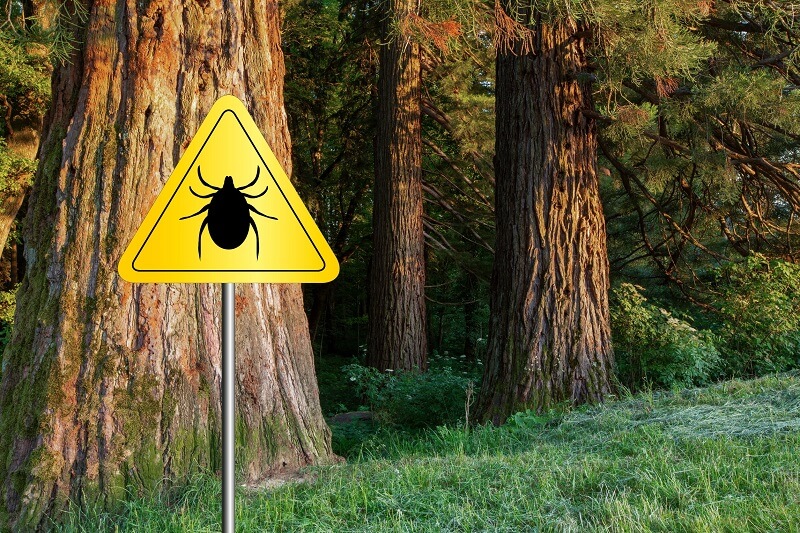Lyme disease is caused by bacteria and spread by ticks. It can be treated well with timely intervention, but without treatment it can cause serious problems such as arthritis and heart problems.
The difficulty of treatment is that the tick bite itself often goes unnoticed and the infected person may not notice symptoms until weeks after infection.
The most common symptom of Lyme disease is a skin rash known as erythema migrans, which is a telltale sign of Lyme disease and is usually the first symptom.
The red rash tends to spread outwards and often (but not always) takes the form of a cocoon.
This symptom appears in 70 to 80 percent of cases, ranging in size from a few centimeters to 12 inches in diameter, and can last for several weeks. Sometimes the area around the rash is warm or slightly itchy, but not painful.
Sometimes the rash may disappear and then reappear weeks later. Other symptoms may occur in addition to the rash, such as fever and chills, tiredness, neck pain, headache, muscle and joint pain, swollen lymph nodes and loss of appetite.

In rare cases, Lyme disease can develop into other serious illnesses, such as myocarditis or arthritis.
If you notice a growing red rash or other symptoms, see a doctor immediately, who will probably prescribe a 2-3 week course of antibiotics.
Most people who are diagnosed and treated with antibiotics in time will be completely cured, but there may be long-lasting symptoms. It is possible that joints or nerves may have been damaged, leading to long-term pain. Experts call this post-lyme syndrome.
Prevention of Lyme disease
If you spend time outdoors, especially in wooded or parked areas, it’s worth taking a few precautions.
Use insect repellent, which you should spray liberally on your clothes. Wear full length pants and long-sleeved shirts in light colors, as ticks are easier to discover on these.
Always check yourself and your children thoroughly after being outdoors, paying particular attention to hairlines and hidden areas (underarms, knees, behind the ears, etc.).
The earlier you detect and remove the tick, the less chance you have of becoming infected. Use a pair of tweezers to remove the tick with a firm movement. If you don’t have any tools with you, don’t wait, just pluck the tick out smoothly using your fingernails. Contrary to the common myth, it is not a problem if the head gets stuck in the skin, the important thing is to stop it feeding – the sooner this happens, the less likely you are to get sick.

